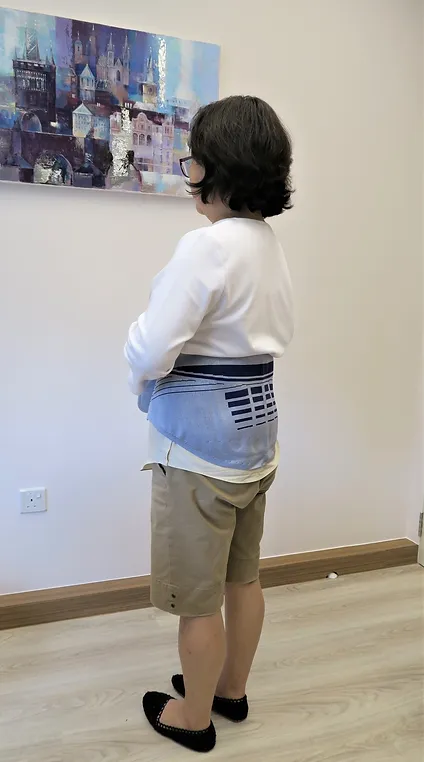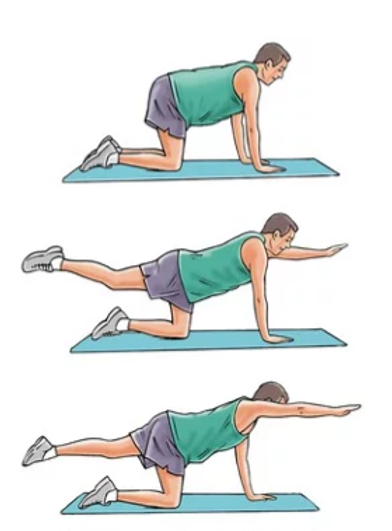Spinal Injection Therapy

Spinal Injection Therapy for the back and neck
Spine degeneration
Many back and neck conditions are due to progressive degeneration or wear-and-tear. Degeneration is a broad group of conditions that include Disc Degeneration, Facet Joint Wear, and Disc Protrusion (commonly known as slipped disc). Patients experience chronic on-off lower back or neck pain that comes and goes, usually worsened by prolonged sitting or walking, and limiting physical activities. Sometimes, there may be nerve pain that runs down the arms or legs.
Spinal Injection Therapy
In such cases that are not adequately managed with physiotherapy and medications, Spinal Injection Therapy is a very effective way of reducing pain and improving the Quality-of-Life. This is a minimally invasive procedure with only injections and no cuts.
The procedure uses a combination of Radiofrequency Ablation, Disc Coagulation, steroid and anaesthetic injections to target the pain sources. The Radiofrequency Ablation causes scarring and sealing of annular tears and Disc Coagulation reduced intra-discal pressure, reducing the disc bulge.
Spine ligament tear
For acute cases of ligament tear in the back (annular ligament tear), Spinal Injection Therapy using Annuloplasty is also a very effective way of immediately reducing pain and allowing return to work.
Before Procedure
The procedure is usually done as a day surgery, or the patient stays one night in the hospital mainly just for rest. The patient will require an MRI scan of the spine, but there are otherwise no particular preparations required.
The procedure is done under sedation, and you would have to fast for 6 hours before the procedure.
Procedure
On the day of procedure, you will admit to the designated hospital at least 2 hours before the surgery time. The length of the procedure may be 60 – 90 min, but you may be in the Operating Theatre for about 3 hours in total.
If your procedure is for the back, you will have a back support. You will be able to start walking and moving about slowly straight after the procedure.
After surgery
When you go home, you will be able to cope on your own. There will be small waterproof dressings and you can shower over them.
Core strengthening exercises
Physiotherapy will start about 2 weeks following the procedure, at which time you will be taught stretching and core strengthening exercises. Physiotherapy is an important complement that helps you achieve a good recovery. Some yoga postures are similar to core exercises.
We will advise to avoid driving for the first four weeks.
Return to activity and sports
Return to running or sports varies depending on each person’s condition, but may range from 6 weeks to 4 months. Time away from work is also variable and depends on each patient’s work requirement. If you work in the office, you should be able to return to work about 2 to 4 weeks after the procedure. You would have to avoid prolonged sitting at the desk by taking regular stretching breaks.

A back brace used to support the back after Spinal Injection Therapy

Example of core strengthening exercises


